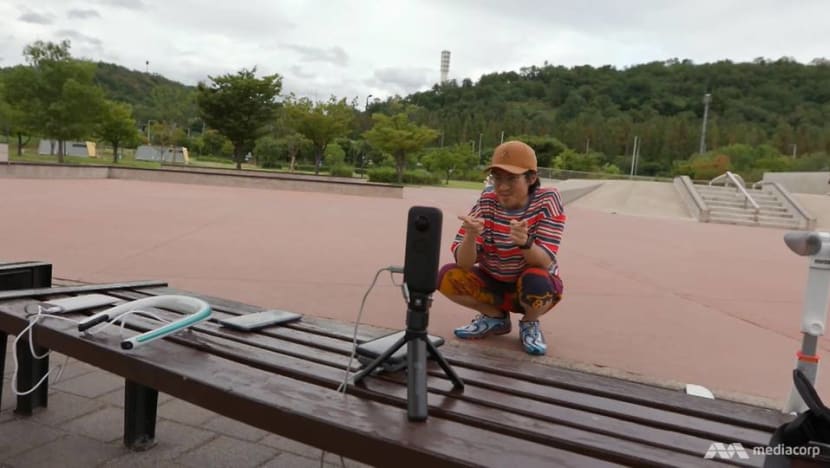After seven months, here’s what South Korea can teach us about 5G
It was the first country to launch 5G mobile networks, and the programme Why It Matters looks at how the technology is not only about faster surfing, but is also poised to change lives.
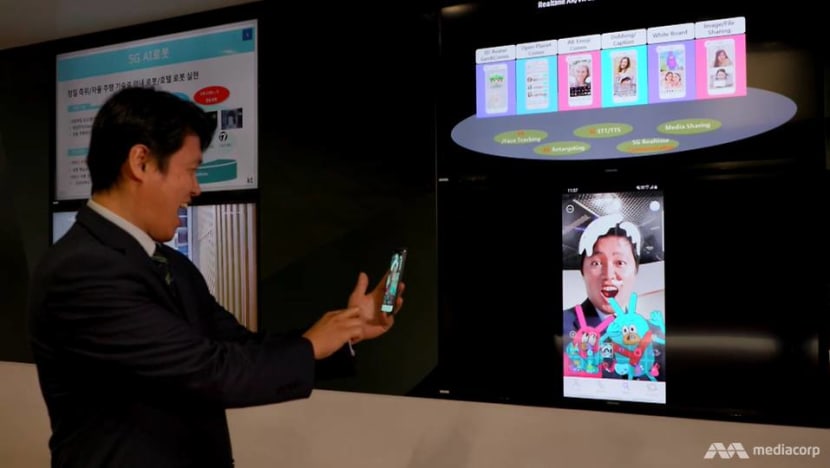
With 5G, investments are pouring into entertainment content as the South Korea experience has shown.
SEOUL: Imagine downloading a dozen high-definition films in a matter of seconds, or video-calling friends or colleagues overseas with almost zero lag.
That is what Singapore and most of the world can expect from next year, when the fifth-generation (5G) cellular network will become available to them.
In South Korea, where the world’s first commercial 5G network was launched in April, life in the fast lane means speeds of more than 700 megabits per second or more on a 5G phone.
That is compared with, say, 30 to 50 Mbps on a 4G phone in the streets of Seoul.
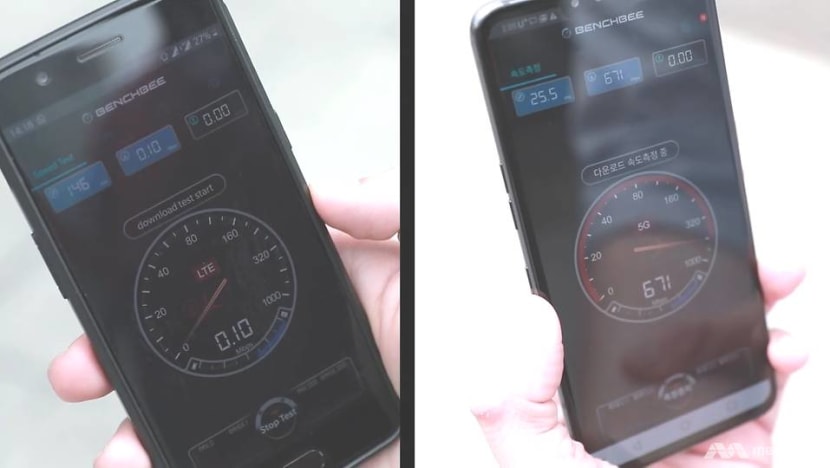
In fact, as 5G uses shorter wavelengths called millimetre waves, which can carry a lot of data, the data speeds can potentially be 100 times faster than 4G’s, with almost zero latency, i.e. virtually no lag.
South Korea has shown, however, that there is more to this iteration of the mobile network than just faster surfing.
5G could revolutionise the way content is viewed, speed up the progress of self-driving cars and change lives, as the programme Why It Matters finds out. (Watch the episode here.)
VIDEO POSSIBILITIES GALORE
One of the things early access to 5G has given to Korean software developers is a head start in coming up with applications and services that use the network.
WATCH: Using the world’s first commercial 5G network: South Korea (2:24)
For example, mobile service provider LG U+ is investing 9.8 billion won (S$11.4 million) to create entertainment content that would attract users to 5G services, like the augmented reality (AR) app that allows users to learn K-pop dances from their idols virtually.
“Other than learning K-pop dance steps, you can also do home workouts where you can turn the image 360 degrees to see the exact movement close up,” said the company’s AR content team manager Cha Yun-Jae.
“One important characteristic of AR content is that 600 megabytes of data are transferred for a one-minute video, to allow us to enjoy live streaming. 4G’s speed would be too slow for this.”
The faster data speeds mean better support for virtual reality, artificial intelligence (AI) and any real-time content, like another one of South Korea’s first made-for-5G apps, the LG U+ Pro Baseball.
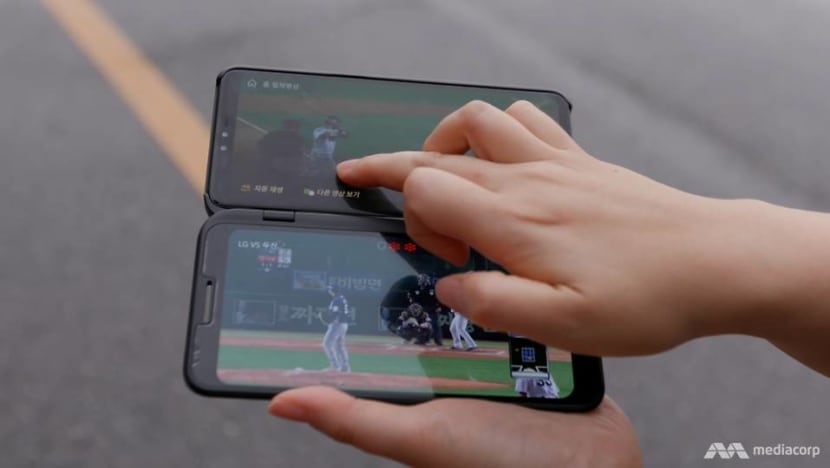
It not only offers real-time coverage of professional league matches, but also allows fans the freedom to watch from different angles and to zoom in and out on their mobile devices.
“For customers who love baseball, their wish was to watch baseball more realistically, as if they’re the coach,” said Pro Baseball app developer Hwang Gyo-Ja, who added that these individual videos required 60 cameras to be installed in the stadium.
On the 4G network, the service is 10 times slower. “The connection may not be good. It would be difficult to control and play the content smoothly.”
Videos will account for nearly 75 per cent of mobile data traffic in 2024, from about 60 per cent last year, according to telecommunications equipment maker Ericsson.
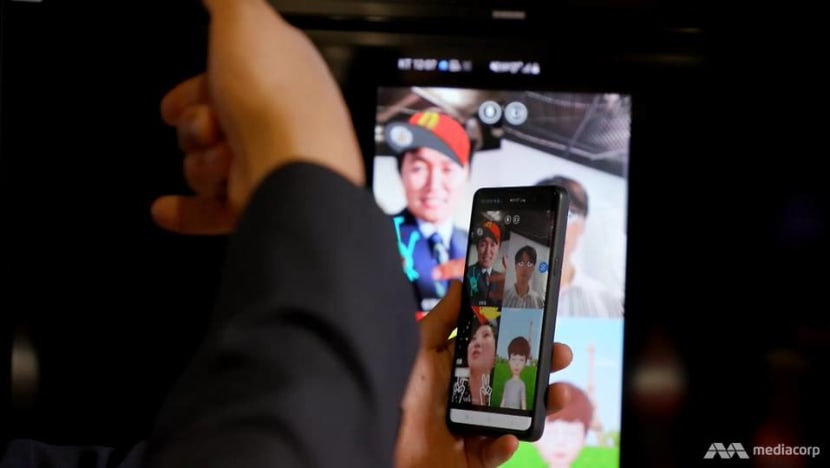
So 5G will open up a world of possibilities for videos on the go, fuelling not only commercial content, but potentially also live streaming for anyone.
YouTuber and gadget reviewer Baek Wuk-Hee not only takes about four times faster to upload a video via a 5G phone, but he also can stream to his YouTube channel “with no delay, in (higher) resolution”.
“The speed is amazing,” he said.
A SELF-DRIVING FUTURE
It is not just humans who will benefit from 5G; machines are also about to get smarter.
In the world’s first 5G test bed for self-driving cars — in Hwaseong, about an hour’s drive from Seoul —360,000 square metres of roads, highways, city outskirts and construction sites have been built to test autonomous vehicles in real road environments.
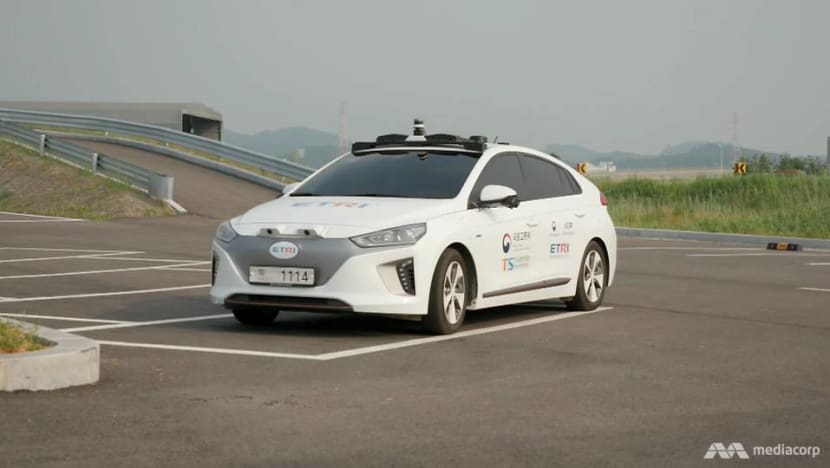
K-City, as it is called, is rigged up with 5G base stations and cost the government 12.5 billion won to build. And 5G’s connectivity is the game changer that could make self-driving cars more prevalent.
The 4G wireless technology does not have enough capacity or responsiveness to support communication among hundreds of thousands of vehicles all at once, whereas 5G can join the dots in any traffic situation.
“5G technology is the most compatible technology for communicating with vehicles that generate a lot of data and roads that require a lot of data,” said Nam Baek, the chief researcher of K-City’s automated vehicle division.
“For example, there’s a fallen item on the road and one car may spot it, but another car may not see it. The car can share that information with the vehicles around it, (to) drive more safely.”
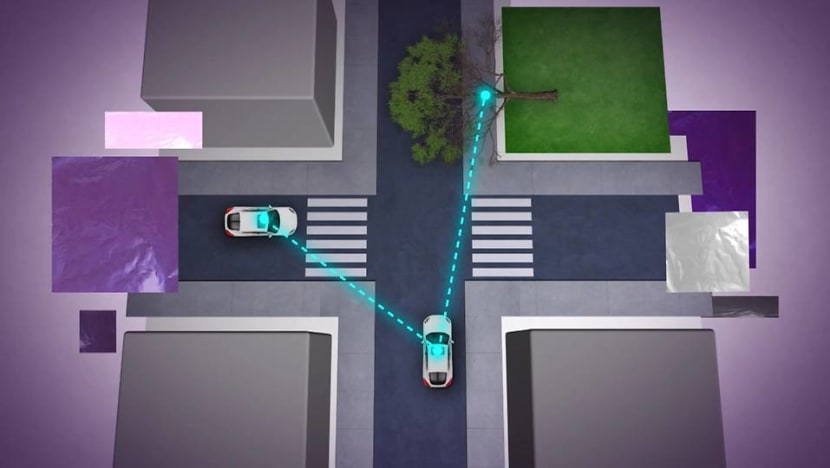
He has been researching intelligent transport systems and autonomous vehicles since 2000. And he believes it will be possible to relay data in less than a millisecond with 5G technology, compared with 50 milliseconds on 4G.
Paraplegic We Park is “very interested in this kind of technology” because it will help people who are paralysed, he said.
But he is unsure about the autonomous vehicle system now, as the technology “has to solve many problems” in reacting to sudden changes in road conditions.
“Maybe when this technology gets better, I’ll buy (a driverless car) if I have the money,” he added.
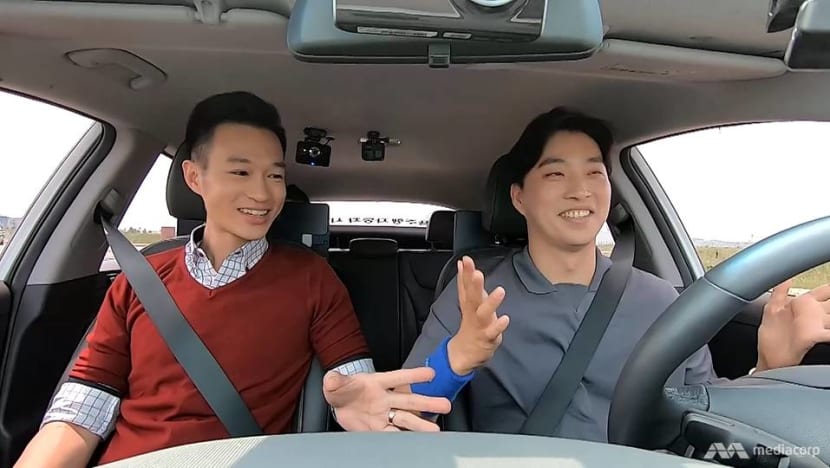
While autonomous car technology is “mature”, said Nam, and the communication infrastructure exists, the vision of a world that empowers people with mobility impairments can only become a reality when 5G is “used widely in a huge location”.
For that to happen, “hundreds of thousands” of 5G base stations are needed to cover the whole country, he noted.
COSTLY, BUT REVOLUTIONARY
The reason the roll-out of 5G requires not only updated antennas, but also considerably more of them, has to do with the different wavelength signals.
“(A smaller wavelength) is going to get more interrupted by the physical infrastructure of a building,” explained technology and business editor Jim Bulley from the Korea JoongAng Daily, a leading English-language newspaper in the country.
“Whilst you can be sort of within 300 metres of a 5G antenna and pick up a very strong signal, for 4G, you can be within 16 kilometres and still pick up a strong signal.”
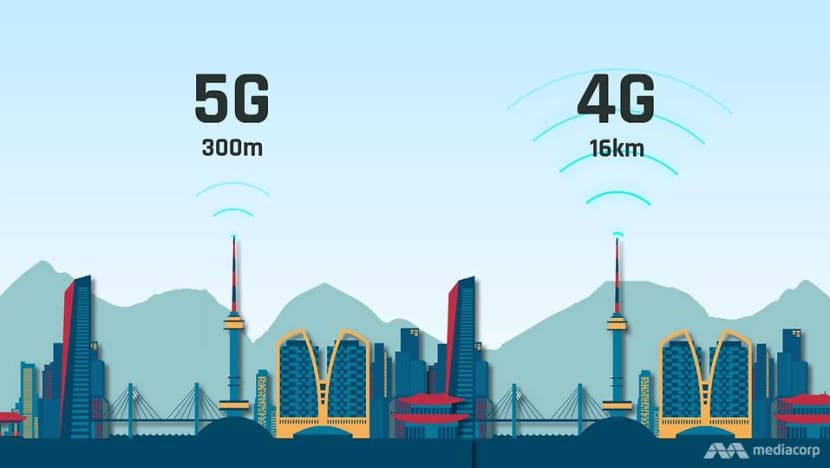
That means the 5G network can drop to 4G, depending on proximity to the base stations. And while central Seoul is “surrounded by the 5G infrastructure”, the costs to roll out a ubiquitous system will “run into the billions”.
Still, the rate of adoption of 5G has surpassed that of 4G at the introduction stage: There have been over 3.5 million subscribers in less than six months. That number is expected to grow to five million by year end.
Meanwhile, in Singapore, 50 per cent island-wide coverage is expected by 2023. And it will be a standalone network, unlike in South Korea, which is upgrading its 4G substations with 5G technology.
READ: 5G coverage across half of Singapore expected by end-2022
The Republic’s telcos are already testing 5G applications, and there are also collaborations on Singapore’s first 5G cloud gaming trial and on the country’s largest 5G smart estate trial site at the Singapore Science Park.
What makes 5G so impressive to Lee Jong-Sik, who heads the 5G task force at South Korea’s largest telco, KT Corporation, is its combination of high speed, low delay and hyper-connectivity.
“(These) attributes make it possible to provide new services, paving the way for a new industrial revolution, like cloud computing, AI or self-driving cars.
“When everything is connected by 5G, people will be safer from car accidents or disasters. What’s more, innovation can be made in the home or in the industry through robots. That’s the world that 5G dreams of,” he said.
Watch the episode here. Why It Matters is telecast every Monday at 9pm.
